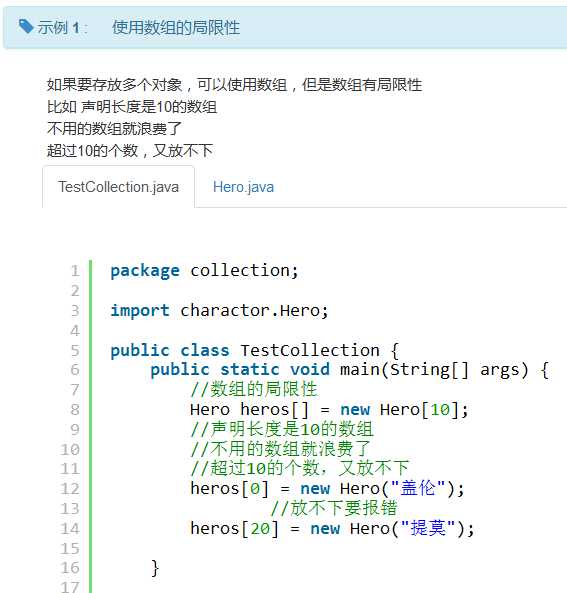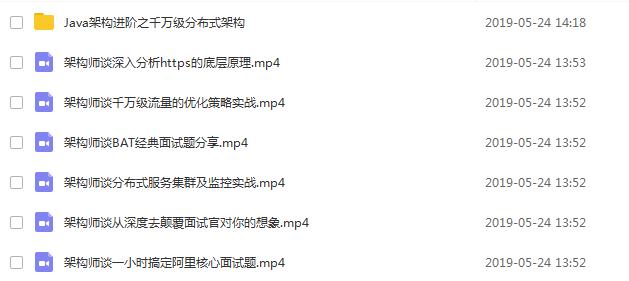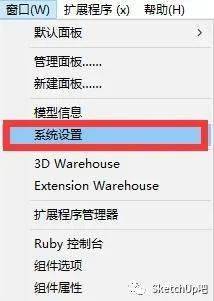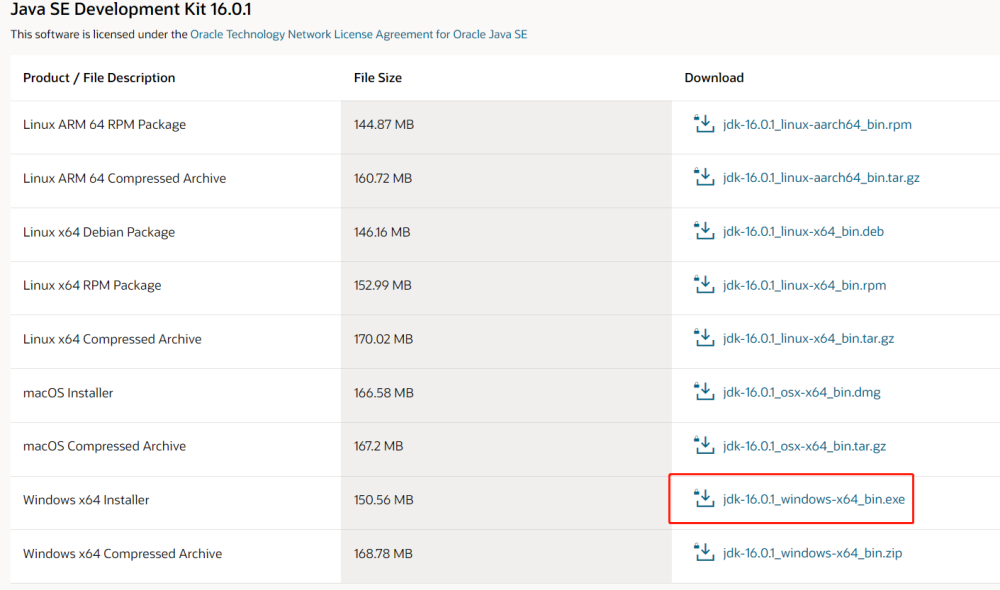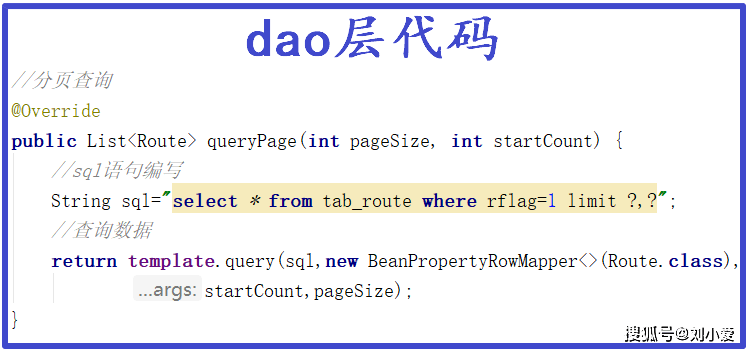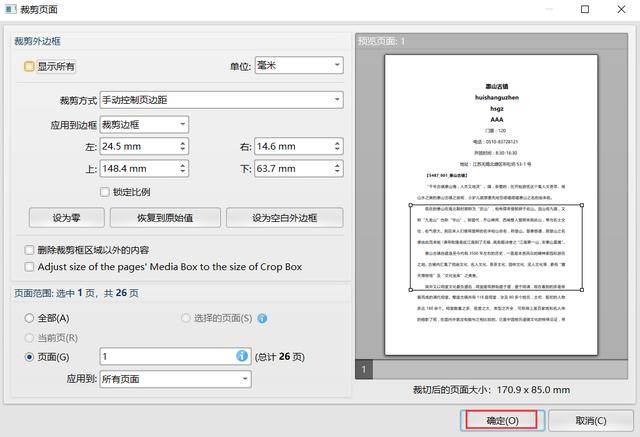java怎么动态修改注解
- 后端开发
- 2025-07-11
- 4348
va中可通过反射结合动态代理或使用Javassist库来间接实现动态修改注解的效果
Java中,注解(Annotation)的值在编译时就已经确定,并且通常被视为常量,不能直接通过常规编程手段在运行时修改,通过一些高级技术和库,可以在某种程度上“模拟”修改注解值的效果,以下是几种常见的方法:
使用反射和动态代理
虽然Java的注解值在编译后是不可变的,但可以通过反射和动态代理来间接“修改”注解的行为,这通常涉及到创建一个代理对象,并在代理对象中拦截对注解的访问,从而返回我们想要的“修改后”的值,这种方法并不真正修改注解本身,而是改变了对注解值的访问方式。

示例代码
import java.lang.annotation.Retention;
import java.lang.annotation.RetentionPolicy;
import java.lang.reflect.InvocationHandler;
import java.lang.reflect.Method;
import java.lang.reflect.Proxy;
@Retention(RetentionPolicy.RUNTIME)
@interface MyAnnotation {
String value() default "default value";
}
class MyClass {
@MyAnnotation(value = "original value")
public void display() {
System.out.println("Display method in MyClass.");
}
}
class AnnotationProxyHandler implements InvocationHandler {
private final Object target;
public AnnotationProxyHandler(Object target) {
this.target = target;
}
@Override
public Object invoke(Object proxy, Method method, Object[] args) throws Throwable {
if (method.getName().equals("value")) {
// "修改"注解的值
return "modified value";
}
return method.invoke(target, args);
}
}
public class Main {
public static void main(String[] args) {
try {
MyClass original = new MyClass();
MyAnnotation annotation = original.getClass().getMethod("display").getAnnotation(MyAnnotation.class);
InvocationHandler handler = Proxy.getInvocationHandler(annotation);
MyAnnotation modifiedAnnotation = (MyAnnotation) Proxy.newProxyInstance(
annotation.annotationType().getClassLoader(),
new Class[]{annotation.annotationType()},
handler);
System.out.println("Original annotation value: " + annotation.value());
System.out.println("Modified annotation value: " + modifiedAnnotation.value());
} catch (Exception e) {
e.printStackTrace();
}
}
}
使用Javassist库动态修改注解值
Javassist是一个编辑字节码的库,允许在运行时动态修改类的定义,通过Javassist,我们可以直接修改类的字节码,包括注解的值。
示例代码
import javassist.;
public class AnnotationModifier {
public static void main(String[] args) {
try {
// 创建ClassPool
ClassPool pool = ClassPool.getDefault();
CtClass ctClass = pool.get("MyClass");
// 找到MyAnnotation注解
AnnotationsAttribute attr = (AnnotationsAttribute) ctClass.getAttribute(AnnotationsAttribute.visibleTag);
if (attr != null) {
// 获得原有注解
String myAnnotationName = MyAnnotation.class.getName();
Annotation annotation = attr.getAnnotation(myAnnotationName);
if (annotation != null) {
// 修改注解的值
annotation.addMemberValue("value", new StringMemberValue("New Value!", pool));
System.out.println("Annotation updated! New Value: " + annotation.getMemberValue("value"));
}
}
// 更改后的类加载器
Class<?> modifiedClass = ctClass.toClass();
MyClass myClassInstance = (MyClass) modifiedClass.newInstance();
myClassInstance.display();
} catch (Exception e) {
e.printStackTrace();
}
}
}
@Retention(RetentionPolicy.RUNTIME)
@interface MyAnnotation {
String value() default "default value";
}
class MyClass {
@MyAnnotation(value = "Hello, World!")
public void display() {
System.out.println("Display method in MyClass.");
}
}
使用配置文件动态设置注解值
另一种实现动态修改注解值的方法是使用配置文件,我们可以在运行时读取外部配置文件,并根据配置文件中的参数来动态设置注解的值。
示例代码
import java.io.InputStream;
import java.lang.annotation.;
import java.lang.reflect.Method;
import java.util.Properties;
@Retention(RetentionPolicy.RUNTIME)
@Target(ElementType.METHOD)
@interface Configurable {
String key();
}
class TestClass {
@Configurable(key = "myMethod.value")
public void myMethod() {}
}
public class Main {
public static void main(String[] args) {
try {
InputStream input = Main.class.getClassLoader().getResourceAsStream("config.properties");
Properties properties = new Properties();
properties.load(input);
Method method = TestClass.class.getMethod("myMethod");
if (method.isAnnotationPresent(Configurable.class)) {
Configurable annotation = method.getAnnotation(Configurable.class);
String key = annotation.key();
String value = properties.getProperty(key);
// 这里假设你有一个方法来根据value设置注解的值,实际中可能需要更复杂的逻辑
System.out.println("Dynamic value from config: " + value);
}
} catch (Exception e) {
e.printStackTrace();
}
}
}
在config.properties文件中:
myMethod.value=Dynamic Value from Config
归纳对比
| 方法 | 优点 | 缺点 | 适用场景 |
|---|---|---|---|
| 反射和动态代理 | 不需要修改字节码,相对简单 | 不真正修改注解,只是改变访问方式 | 需要快速实现且对性能要求不高的场景 |
| Javassist库 | 直接修改字节码,效果真实 | 需要引入额外库,复杂度较高 | 需要真正修改注解值且对性能有一定要求的场景 |
| 配置文件 | 灵活且易于理解和维护 | 需要额外的配置文件管理 | 配置驱动且注解值可能频繁变化的场景 |
相关问答FAQs
Q1: 使用反射和动态代理修改注解值是否会影响原始注解?
A1: 不会,反射和动态代理只是创建了一个代理对象来拦截对注解值的访问,原始注解的值并没有被修改,代理对象返回的是你想要的“修改后”的值,但原始注解保持不变。
Q2: 使用Javassist修改注解值后,是否需要重新编译整个项目?
A2: 不需要,Javassist允许你在运行时动态修改类的字节码,因此不需要重新编译整个项目,你可以加载修改

